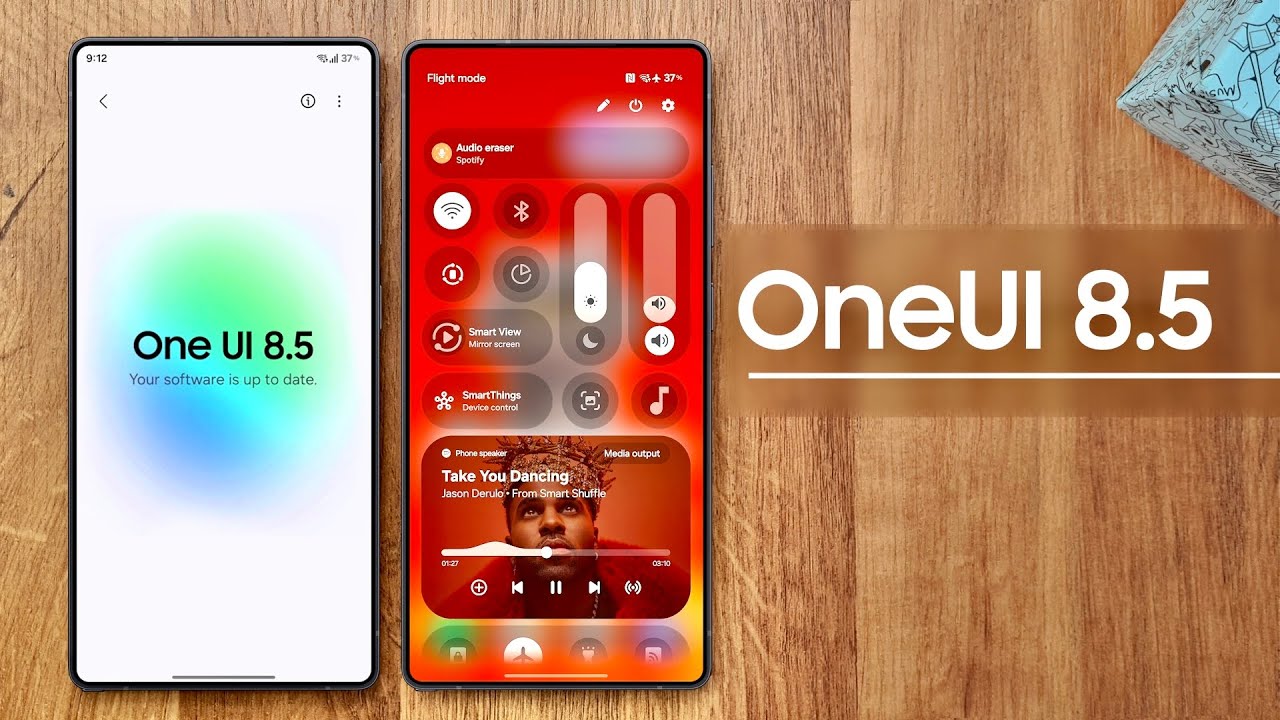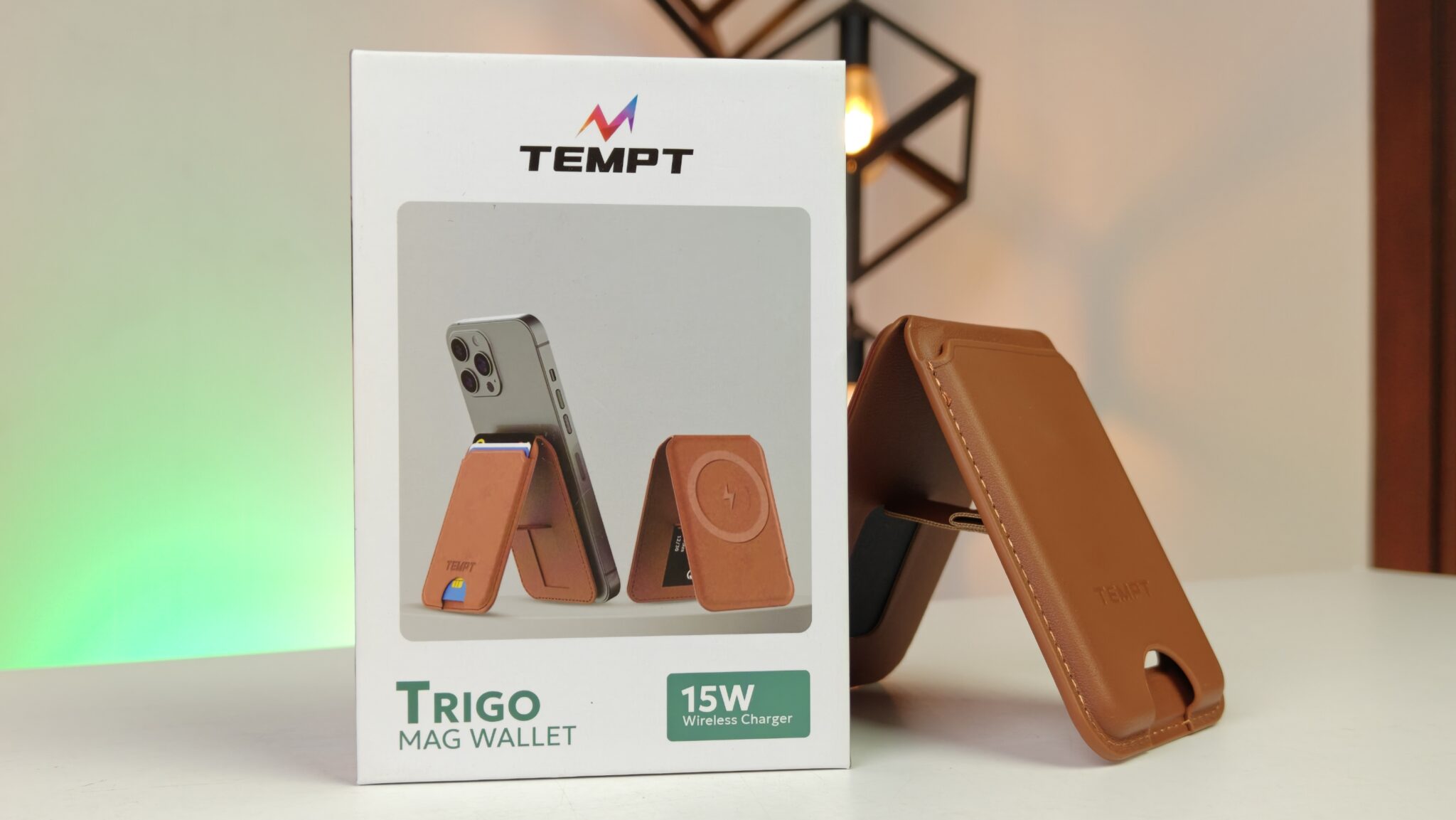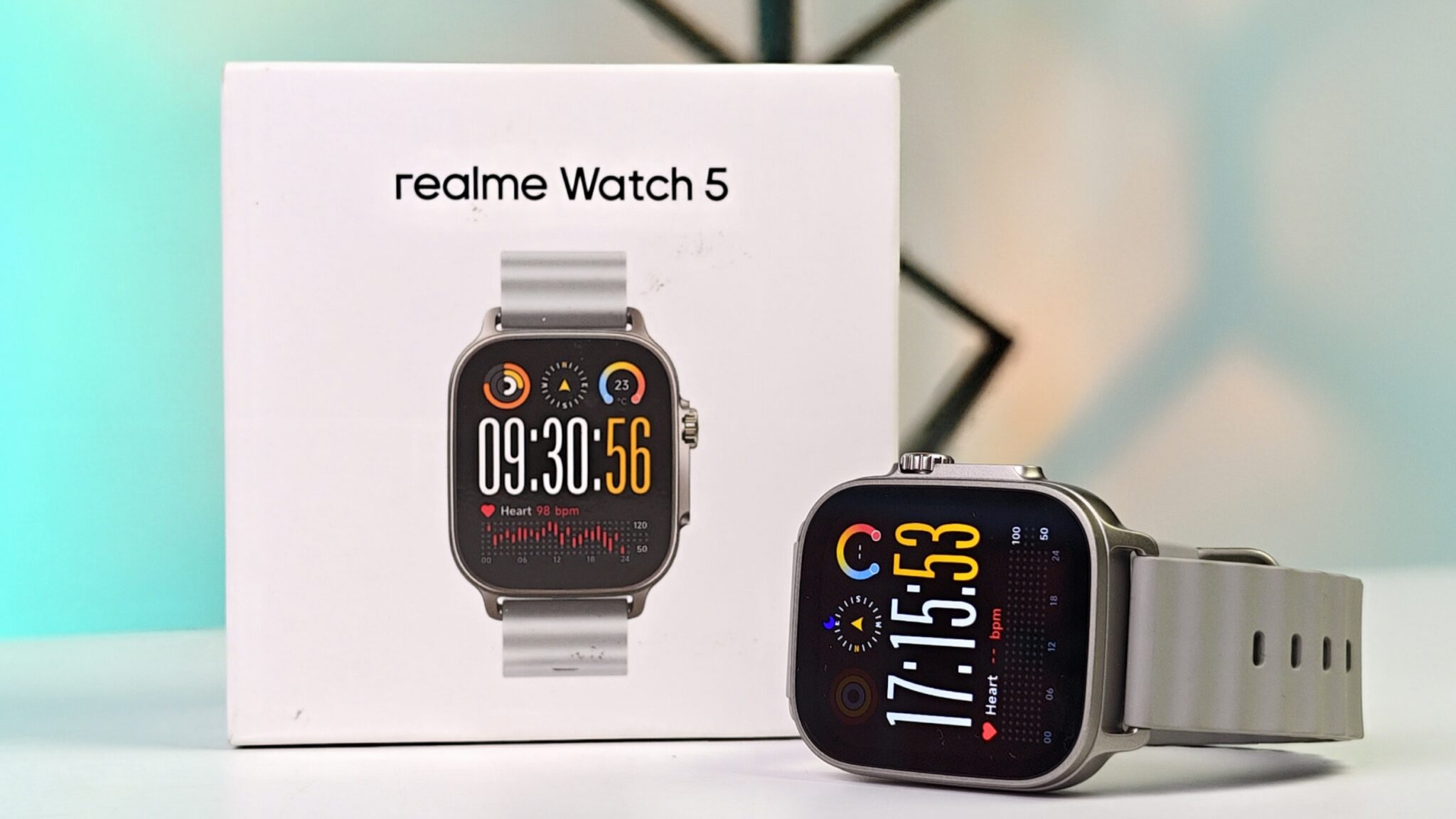Samsung Electronics has officially unveiled its next-generation LPDDR6 memory chip, setting the stage for a new era of mobile performance. This latest advancement in RAM is expected to power high-end smartphones, tablets, and laptops beginning in 2026—most likely starting with the Galaxy S26 series. The chip has already been recognized as an Innovation Award Honoree for CES 2026, hinting at its importance in the upcoming tech cycle.
The LPDDR6 memory is built with the rising demands of on-device artificial intelligence in mind. As more AI functions shift from the cloud to the device itself, faster and more efficient memory becomes essential. Samsung’s new chip promises just that—faster processing speeds with noticeably lower power draw.
Key Takeaways
- New Chip: Samsung’s first LPDDR6 (Low Power Double Data Rate 6) DRAM.
- Speed: Delivers 10.7 gigabits per second (Gbps).
- Efficiency: 21% more power-efficient than LPDDR5X.
- Process: Manufactured using Samsung’s advanced 12-nanometer technology.
- Purpose: Optimized for complex on-device AI and edge computing tasks.
- Availability: Expected in devices launching in 2026.
A Familiar Speed, But Smarter Performance
Some might notice that 10.7 Gbps sounds familiar. That’s because Samsung’s top-tier LPDDR5X chips already reached this same peak speed. The key difference here is in how efficiently the new LPDDR6 achieves it. By using 21% less power, Samsung’s latest chip manages to maintain performance while extending battery life—a balance that’s often tricky in mobile hardware design.
This efficiency improvement comes from an overhauled architecture and a new dynamic power management system that intelligently adjusts energy use. The result is a chip that feels not just faster, but smarter about how it delivers that speed.
Built for the AI Era
The LPDDR6 chip is also the first to fully comply with the official JEDEC LPDDR6 standard, established earlier this year. That’s significant, because the standard itself was developed with AI workloads in mind.
Tasks like real-time translation, voice recognition, or AI-enhanced photography rely on moving massive amounts of data almost instantly. The LPDDR6 architecture increases input/output channels to widen the data path—essentially creating more “lanes” for information to travel through. This upgrade allows processors to access data faster, resulting in smoother performance across AI-driven features.
Even though this first version runs at 10.7 Gbps, the LPDDR6 roadmap extends to 14.4 Gbps in future iterations. Samsung’s current release sets the foundation for that leap, pairing higher potential speeds with improved security for protecting user data.
Expected Debut: Galaxy S26 and Beyond
Mass production is expected to align with the 2026 device cycle. Naturally, Samsung’s Galaxy S26 series stands out as the most probable debut platform. It’s likely that the S26 lineup will combine LPDDR6 RAM with updated UFS 4.1 storage, giving the phones a notable boost in both data transfer speed and overall responsiveness.
Beyond Samsung, other premium Android manufacturers—and even laptop and tablet makers—are expected to adopt LPDDR6 soon. Competitors like SK Hynix and Micron are reportedly developing their own versions as well, which could further push innovation and adoption across the industry.
Related FAQs
Q1: What is LPDDR6 RAM?
A1: LPDDR6 stands for Low Power Double Data Rate 6. It’s the newest memory standard for mobile devices, officially defined by JEDEC. Compared with LPDDR5 and LPDDR5X, it offers higher speeds and better energy efficiency, specifically to support on-device AI and advanced multitasking.
Q2: If the speed is the same as LPDDR5X, how is LPDDR6 better?
A2: While both reach 10.7 Gbps, LPDDR6 delivers that speed with 21% less power usage. That means sustained performance without the same battery drain. Future versions will go even faster—potentially up to 14.4 Gbps.
Q3: Why is this new RAM important for AI?
A3: On-device AI processes information directly on your phone or tablet rather than relying on the cloud. These operations—such as live translation or background scene analysis—require huge amounts of data to move quickly. LPDDR6 offers higher bandwidth and improved efficiency, making those experiences smoother and less taxing on battery life.
Q4: When will LPDDR6 appear in consumer devices?
A4: Samsung plans to showcase the chip at CES 2026, which suggests that mass production will ramp up soon after. The Galaxy S26 series, expected in early 2026, is widely believed to be among the first devices to feature LPDDR6 memory.



















